Home>diy>Building & Construction>What Is A Batter Board In Construction
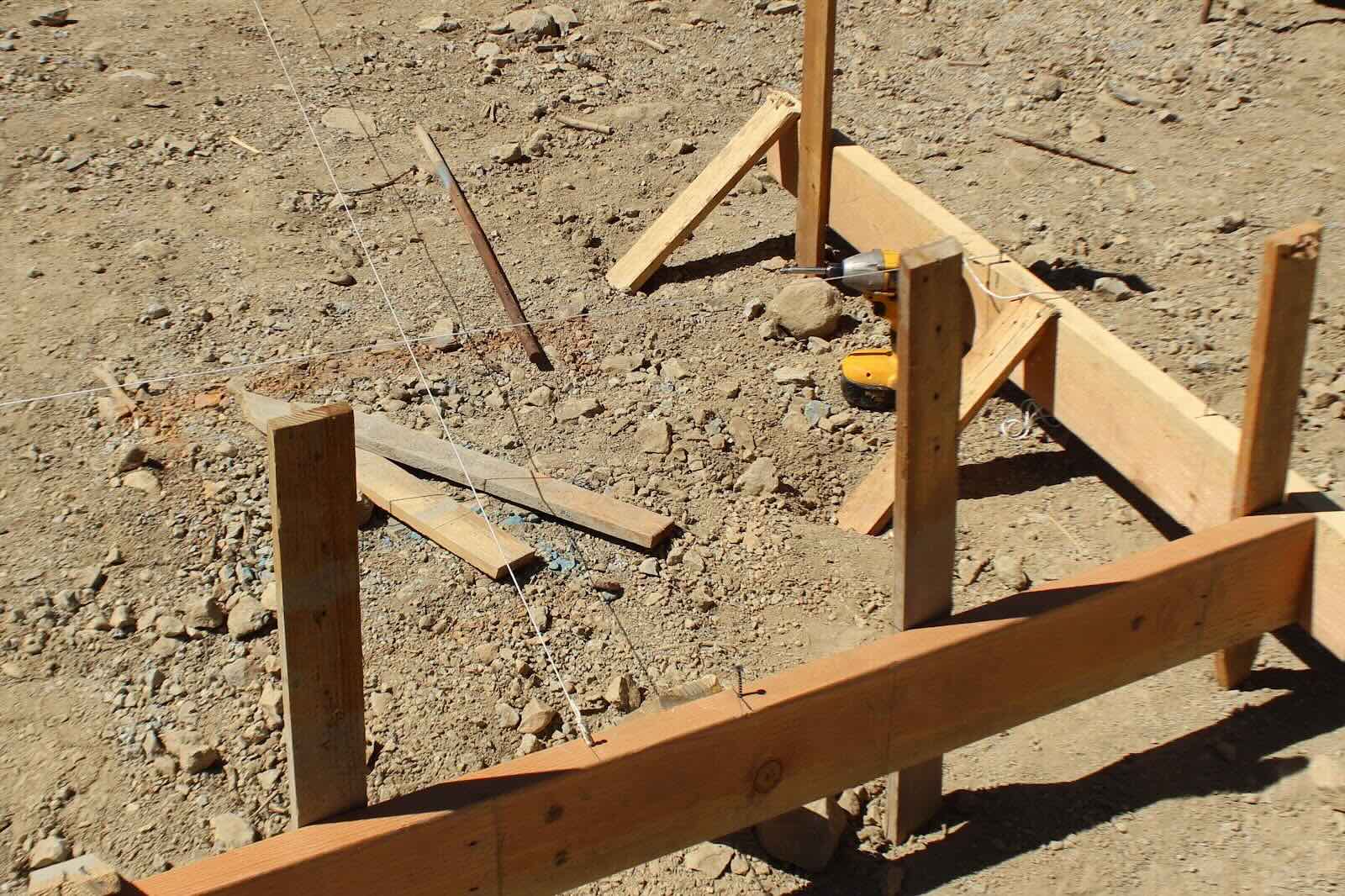

Building & Construction
What Is A Batter Board In Construction
Modified: January 5, 2024
Learn about the importance of batter boards in building construction and how they aid in accurate measurements and leveling. Enhance your construction knowledge with this comprehensive guide.
(Many of the links in this article redirect to a specific reviewed product. Your purchase of these products through affiliate links helps to generate commission for Storables.com, at no extra cost. Learn more)
Introduction
Welcome to the world of construction, where precision and accuracy are of utmost importance. When it comes to building anything, whether it’s a small residential house or a massive commercial structure, having a solid foundation is crucial. This is where batter boards come into play.
The term “batter board” might not be familiar to everyone outside the construction industry, but these simple yet essential tools are used extensively in construction projects to ensure precise layout and measurements. In this article, we will explore the definition, purpose, construction, setup, and troubleshooting of batter boards.
Whether you are a seasoned construction professional or a curious observer, understanding the role of batter boards will give you valuable insights into the world of building construction. So, let’s dive in and explore everything you need to know about batter boards!
Key Takeaways:
- Batter boards are essential for precise construction layout and measurements, ensuring accurate alignment of building components and facilitating quality control throughout the building process.
- Troubleshooting common issues such as instability, movement, inaccurate measurements, weather damage, and limited visibility is crucial to maintain the functionality and reliability of batter boards in construction projects.
Read more: What Is Board On Board Fence
Definition of a Batter Board
A batter board is a temporary framework or a set of stakes used in construction to establish precise reference points and lines. It consists of two vertical posts placed in the ground, typically at opposite ends of a construction site, with horizontal boards attached to them. These boards, known as cross-members, create a stable reference plane that helps align and measure various components of a construction project.
The name “batter board” comes from the term “battered,” which means to incline or tilt. The batter boards are set up at an angle from vertical to provide stability and support. The angled configuration ensures that the boards are securely anchored in the ground and can withstand the forces exerted during construction activities.
Batter boards are commonly used during the initial stages of a construction project, such as site layout and foundation work. They serve as a reference framework to accurately position and align the building’s foundation, walls, columns, and other structural elements. The location and alignment of these elements are critical for the overall integrity and stability of the structure.
Essentially, batter boards act as a visual guide and reference system that allows construction professionals to establish precise measurements and layout. They serve as the starting point for various tasks, including excavation, foundation pouring, and wall construction.
Now that we have covered the definition of batter boards, let’s delve into their purpose and use in construction.
Purpose and Use of Batter Boards in Construction
Batter boards serve multiple purposes in the field of construction and play a crucial role in ensuring accuracy, efficiency, and consistency throughout the building process. Let’s explore some of the key purposes and uses of batter boards:
- Establishing Reference Points: The primary purpose of batter boards is to establish reference points and lines on a construction site. These reference points act as a guide for subsequent construction activities and help maintain consistent measurements across the project. By utilizing batter boards, construction professionals can ensure that all elements of the structure are correctly positioned and aligned.
- Facilitating Layout and Measurement: Batter boards provide a stable framework for precise layout and measurements. They help determine the location, dimensions, and orientation of various components of a building, such as walls, columns, and openings. Construction professionals can use string lines, levels, and other measuring tools attached to the batter boards to ensure accurate positioning and alignment.
- Assisting in Excavation and Foundation Work: Before construction can begin, the site often requires excavation and foundation work. Batter boards play a vital role in this phase by helping establish the dimensions and contours of the foundation. The boards ensure that the excavation is performed at the correct depth and in alignment with the building plans.
- Aiding in Vertical and Horizontal Alignment: Achieving proper vertical and horizontal alignment is crucial for the structural integrity of a building. Batter boards provide a reliable reference system that ensures columns, walls, and other vertical elements are perfectly aligned. They also assist in maintaining horizontal levels across different sections of the project, ensuring a consistent and even building structure.
- Supporting Quality Control: Batter boards enable construction professionals to continuously monitor and control the quality of the construction. By regularly checking the measurements and alignment against the established reference points, any deviations or errors can be detected early on and corrected, minimizing the risk of costly rework in later stages of the project.
Batter boards are versatile tools that can be adapted to suit the specific needs of different construction projects. They provide a reliable and efficient method for establishing accurate measurements, aligning building components, and maintaining quality control throughout the construction process.
Now that we understand the purpose and uses of batter boards, let’s explore the materials and construction techniques involved in creating these essential tools.
Materials and Construction of Batter Boards
When it comes to the materials and construction of batter boards, durability and stability are key factors. Let’s take a closer look at the commonly used materials and the construction techniques involved:
Materials: Batter boards are typically made from sturdy and weather-resistant materials that can withstand the elements and the pressures exerted during construction activities. Common materials include:
- Wood: Wood is a popular choice for batter boards due to its availability, affordability, and ease of construction. Hardwoods like oak or pressure-treated lumber are preferred for their strength and resistance to rot and decay. The boards are usually constructed from 2×4 or 2×6 lumber.
- Steel: In some cases, steel is used to construct batter boards, especially in situations where extra strength and durability are required. Steel posts and cross-members provide a rigid framework that can withstand heavy loads and harsh conditions.
- Composite Materials: With advancements in construction technology, composite materials such as fiberglass-reinforced polymers (FRP) are also being used for batter boards. These materials offer excellent strength-to-weight ratios, resistance to moisture, and long-term durability.
Construction: Constructing batter boards involves a few essential steps:
- Post Placement: The first step is to determine the locations for the batter board posts. These positions are typically marked on the construction plans and are aligned with the desired layout for the building. The posts are then driven into the ground at the designated locations, ensuring they are securely anchored.
- Attaching Cross-Members: Once the posts are in position, horizontal boards or cross-members are attached to create the framework for the batter boards. These cross-members are affixed to the posts using nails, screws, or other fasteners, ensuring that they are level and securely connected.
- Bracing: To provide additional stability and prevent any movement or shifting, bracing is often added to the batter boards. Diagonal braces are typically installed from the top of the posts to the end of the cross-members, forming a triangular shape. This bracing helps maintain the integrity of the batter boards, especially when subjected to external forces.
The construction of batter boards may vary depending on the specific requirements of the project, the materials used, and the preference of the construction team. Regardless of the materials and techniques employed, the primary objective is to create a sturdy and stable framework that can serve as a reliable reference system.
Now that we have explored the construction methods, let’s move on to the next section, which covers the process of setting up batter boards on a construction site.
When setting up batter boards in construction, make sure they are level and securely anchored to ensure accurate and stable reference points for laying out the building foundation.
Setting Up Batter Boards
Setting up batter boards correctly is essential to ensure their effectiveness in construction projects. Here are the key steps involved in setting up batter boards:
- Site Preparation: Before setting up the batter boards, it is crucial to prepare the construction site. Remove any debris, rocks, or obstacles that might hinder the placement of the boards. Clear the area to create a flat surface where the batter boards can be positioned.
- Layout and Marking: Using the construction plans as a guide, establish the layout and dimensions of the building on the site. Mark the corners, edges, and reference points that will serve as the basis for positioning the batter boards. Accuracy and precision are key at this stage to ensure the building’s foundation is laid out correctly.
- Post Placement: Position the batter board posts at the designated reference points. Insert them into the ground until they are securely anchored. It is important to check for plumbness and alignment to ensure the integrity of the batter boards’ framework.
- Cross-Member Attachment: Once the posts are in place, attach the horizontal cross-members to form the framework of the batter boards. Ensure that the cross-members are level and properly secured to the posts. This will create a stable reference plane that will be used for layout and measurements.
- Bracing: To provide additional stability and reinforcement, install diagonal braces from the top of the posts to the ends of the cross-members. These braces should be securely fastened to prevent any movement or shifting of the batter boards. The braces should form a triangular shape to maximize stability.
- Checking for Accuracy: Once the batter boards are set up, it is essential to verify their accuracy. Use measuring tools such as string lines, levels, and plumb bobs to check the alignment and dimensions of the batter boards. Adjustments can be made as needed to ensure precise layout and measurements.
By following these steps carefully, construction professionals can establish accurate batter boards that will serve as a reliable reference system throughout the construction process.
Now that we have covered the process of setting up batter boards, let’s move on to the next section, which focuses on measuring and layout techniques using batter boards.
Read more: What Is A Cornhole Board?
Measuring and Layout with Batter Boards
Batter boards play a vital role in precise measuring and layout during construction projects. They provide a reference system that helps construction professionals establish accurate dimensions, alignments, and angles. Here are the key techniques used for measuring and layout with batter boards:
- String Lines: One of the most common techniques is using string lines. String lines are attached to the batter boards and stretched across the construction site, following the desired layout and measurements. They serve as visual references for aligning walls, columns, and other structural elements. Construction professionals can use plumb bobs or levels to ensure the string lines are perfectly vertical or level.
- Transferring Measurements: Batter boards provide fixed reference points on the construction site. Construction professionals can measure distances and angles from the batter boards and transfer those measurements to other areas of the project. This ensures consistency and accuracy throughout the construction process.
- Establishing Layout Grids: Batter boards are used to create layout grids, which divide the construction site into smaller, manageable sections. This allows construction professionals to work on one section at a time, ensuring precise measurements and avoiding mistakes that could affect the overall integrity of the project.
- Checking Squareness: Batter boards are essential for ensuring the squareness of the building. Construction professionals can use the batter boards as reference points to check the right angles of walls and corners. This is crucial to maintain structural integrity and avoid potential issues during the construction process.
- Measuring Elevations: Batter boards can also be used to measure elevations. By attaching levels or laser levels to the batter boards, construction professionals can determine and adjust the heights of different sections of the project. This ensures proper alignment and consistent elevation throughout the construction process.
- Setting Datum Points: Datum points are critical reference points used for establishing consistent elevations throughout the project. Batter boards are used to set these datum points, allowing construction professionals to measure and control the heights of various structural elements accurately.
By utilizing these measuring and layout techniques with batter boards, construction professionals can ensure precise and accurate construction, reducing the potential for errors and minimizing the need for costly rework.
Now, let’s move on to the troubleshooting section, where we will address some common issues that can arise when using batter boards in construction projects.
Troubleshooting and Common Issues with Batter Boards
While batter boards are valuable tools in construction, there can be a few common issues that may arise during their use. Being aware of these issues and knowing how to troubleshoot them can help ensure the effectiveness and accuracy of batter boards. Let’s explore some of the common issues and their solutions:
- Instability: One of the main issues that can occur with batter boards is instability. This can be due to factors such as improper post placement, inadequate bracing, or weak connections between the cross-members and the posts. To resolve this issue, check the stability of the batter boards and make sure the posts are securely anchored and braced properly. Reinforce weak connections and ensure all components are tightly secured.
- Movement: Batter boards can sometimes shift or move, especially when external forces such as wind or vibration from nearby construction activities are present. To prevent movement, ensure that the batter boards are firmly planted in the ground and properly braced. Additional support, such as adding stakes or tying the boards to nearby structures, may also be necessary in certain situations.
- Inaccurate Measurements: Inaccurate measurements can be caused by various factors, including misalignment of the batter boards, sagging string lines, or incorrect transfer of measurements. To address this issue, regularly check the alignment and levelness of the batter boards and adjust as needed. Ensure that the string lines are taught and properly positioned. Double-check and verify all measurements before proceeding with construction tasks.
- Weather Damage: Batter boards are exposed to the elements during construction, which can lead to weather damage over time. Wooden batter boards may warp, rot, or decay if not properly maintained. Steel batter boards may experience rust or corrosion. To prevent weather damage, use weather-resistant materials or apply protective coatings to wooden boards. Regularly inspect and maintain the batter boards to ensure their structural integrity throughout the construction project.
- Lack of Visibility: During certain construction stages, such as pouring concrete or installing formwork, the batter boards may become obstructed and difficult to see. This can make it challenging to ensure accuracy and alignment. To overcome this issue, consider using taller stakes or extenders to make the batter boards more visible above the construction site. Utilize additional temporary reference points or markers to aid in alignment and measurement.
By addressing these common issues and troubleshooting them promptly, construction professionals can maintain the functionality and reliability of batter boards throughout the construction process. Regular inspections, adjustments, and maintenance can help minimize problems and ensure the continued accuracy of the batter boards.
Now that we have covered troubleshooting, let’s conclude our exploration of batter boards in construction.
Conclusion
Batter boards are indispensable tools in the world of construction, providing a stable reference system for precise layout, measurements, and alignment. They play a crucial role in establishing accurate reference points, facilitating layout grids, and ensuring the structural integrity of a building. With their help, construction professionals can create a solid foundation and maintain consistency and accuracy throughout the construction process.
By using batter boards, construction teams can set up string lines, transfer measurements, establish layout grids, check squareness, measure elevations, and set datum points effectively. These techniques enable them to execute construction projects with precision, minimize errors, and prevent costly rework.
However, like any tool, batter boards are not without their challenges. Issues such as instability, movement, inaccurate measurements, weather damage, and limited visibility can arise. It is essential to troubleshoot these issues promptly and implement appropriate solutions to maintain the functionality and reliability of the batter boards.
In conclusion, batter boards are fundamental tools in construction projects, providing a solid foundation for accurate measurements and layout. They serve as a visual guide and reference system for construction professionals, ensuring that every element of the structure is correctly positioned and aligned. By understanding the purpose, construction, setup, and troubleshooting of batter boards, construction teams can navigate the complexities of construction more efficiently and achieve superior results.
So, whether you are a building professional or simply curious about the construction process, the knowledge of batter boards will give you valuable insights into how construction projects are meticulously planned and executed.
Frequently Asked Questions about What Is A Batter Board In Construction
Was this page helpful?
At Storables.com, we guarantee accurate and reliable information. Our content, validated by Expert Board Contributors, is crafted following stringent Editorial Policies. We're committed to providing you with well-researched, expert-backed insights for all your informational needs.
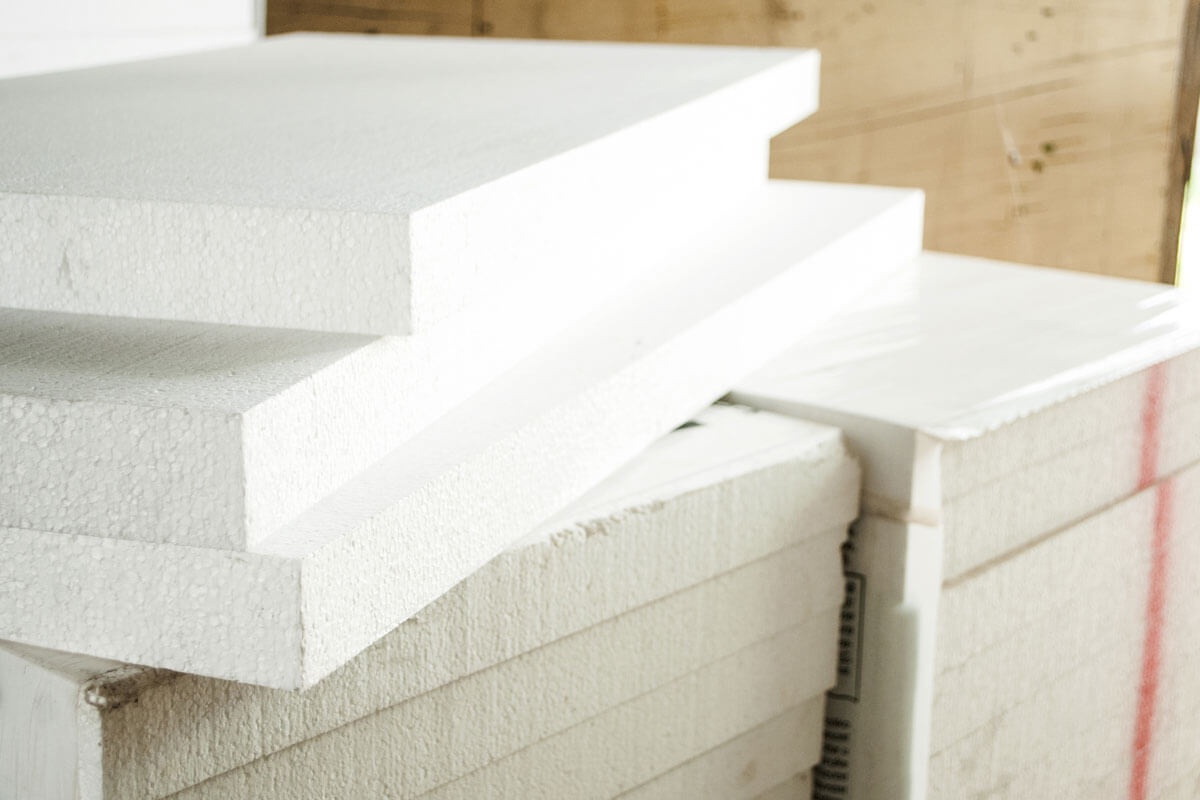





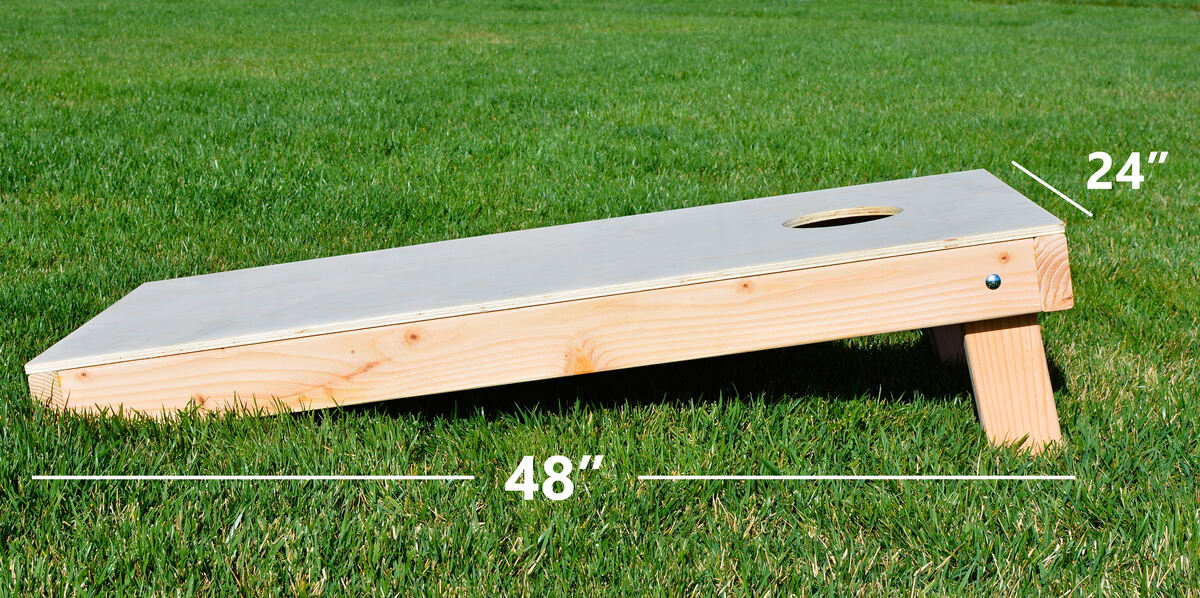
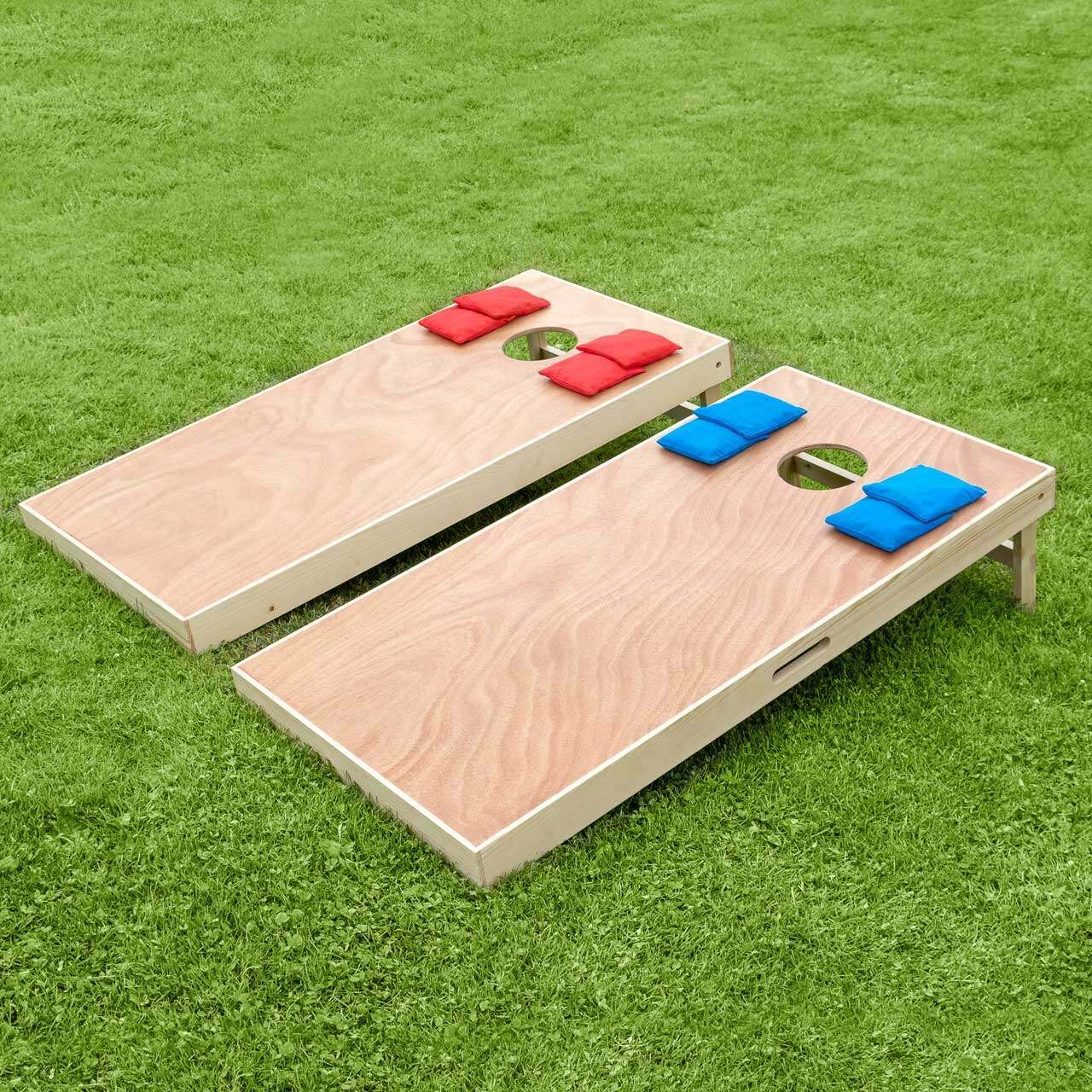
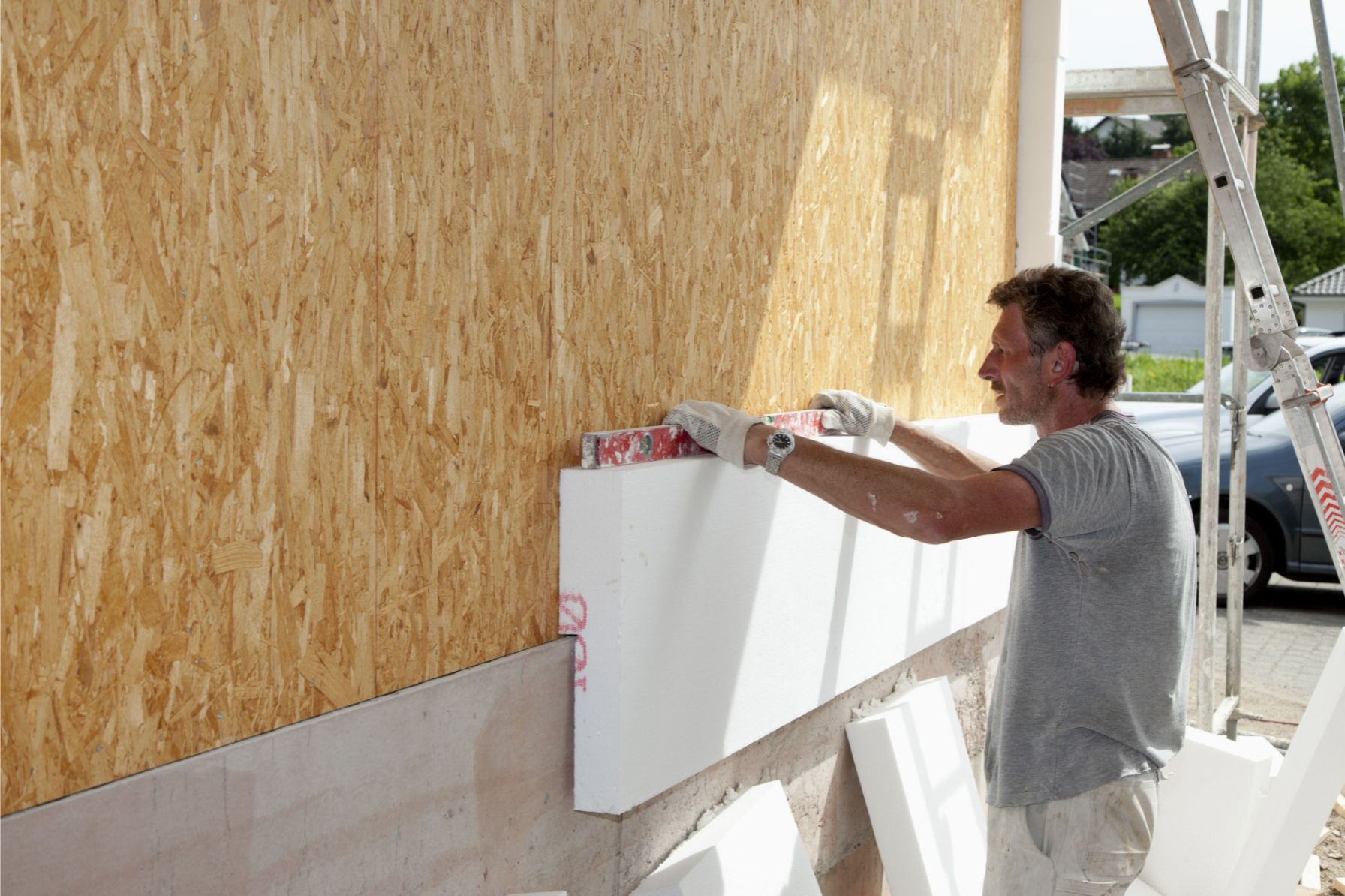
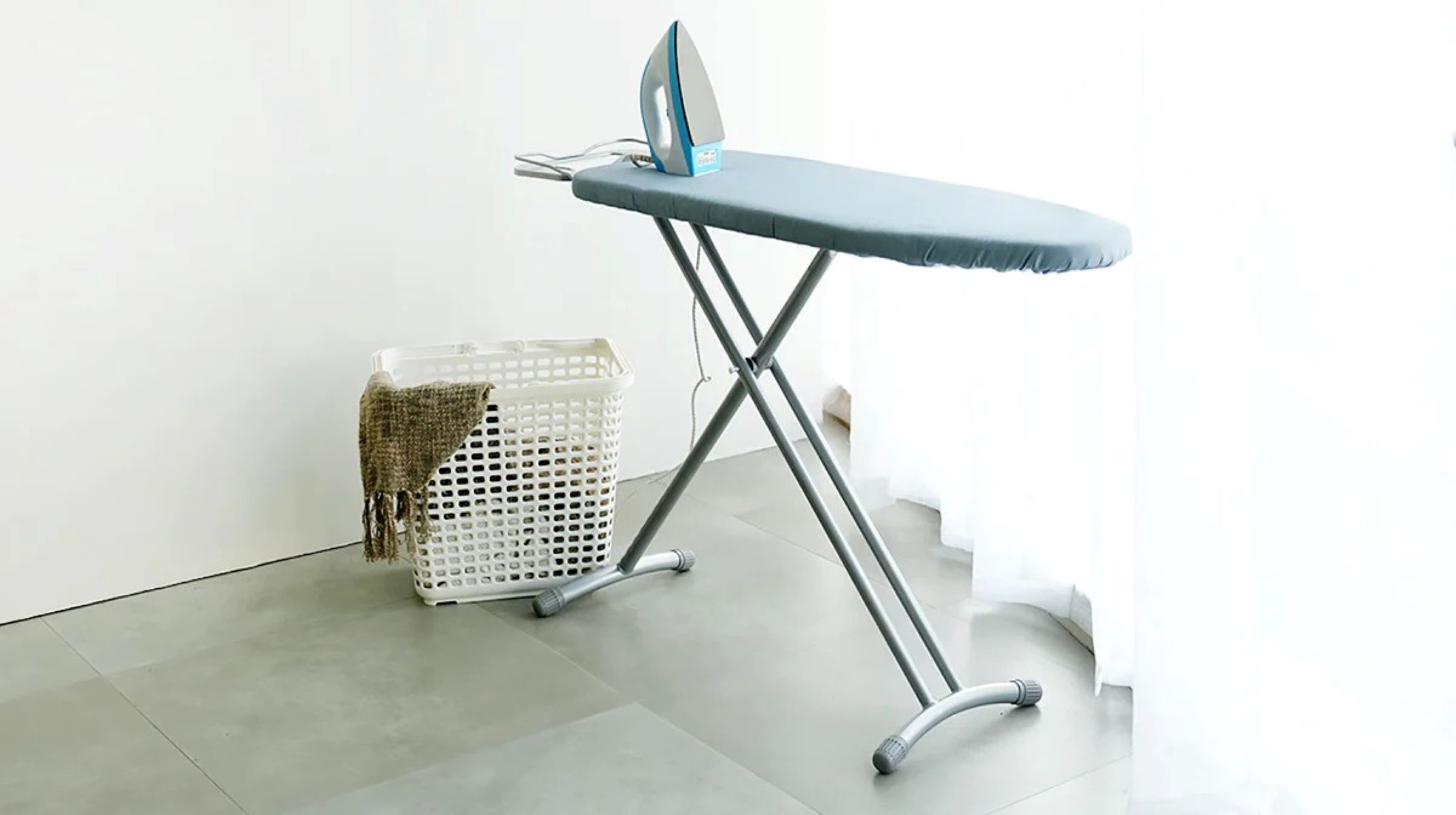


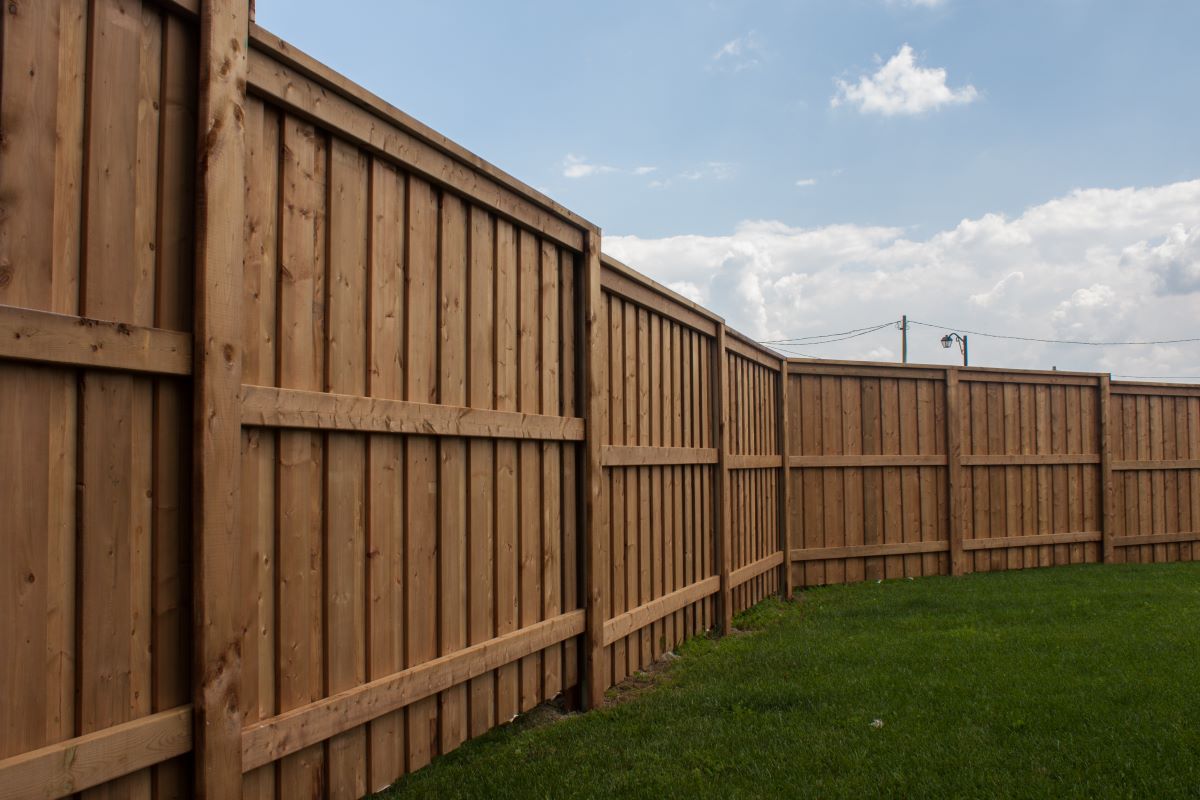


0 thoughts on “What Is A Batter Board In Construction”